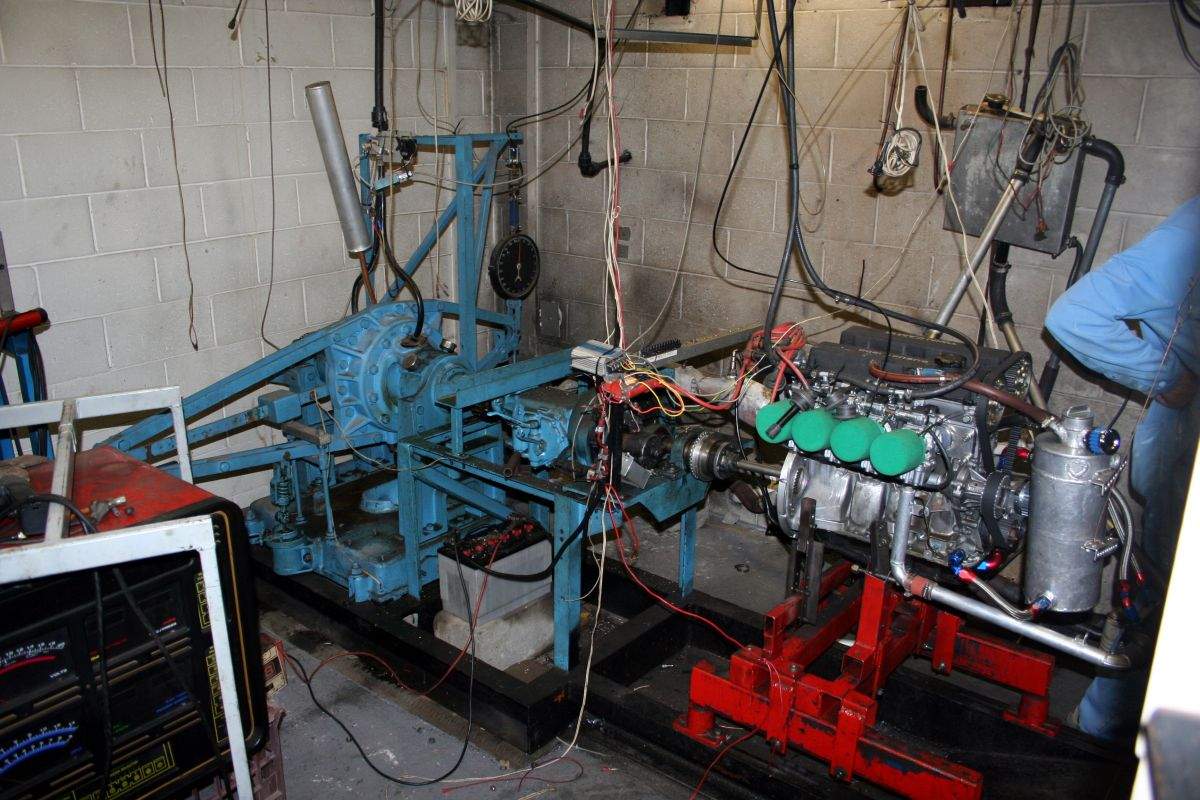Got a question about Peltier TEG’s – Are they going to give me enough power for my racing car?
I’m adding some more electrical gear to the engine on the car, and in years past it’s just run on a plain battery with no generator/alternator to charge it up again. Since it only runs for about ten minutes or so at a time it’s never been a problem. But I’m adding computer control to the ignition system and also an electric water pump (Davies Craig Aussie unit) and I want to look at various options to make a bit of power somehow.
There’s no room to fit even a small alternator anywhere. The engine won’t have the distributor sticking out of the back of the head any more – See the ignition leads at the back of the head in this photo –

- So I thought about fitting a small electric motor in that hole to make it work as a generator. It’d be doing a maximum of 4,000 rpm and get down as low as about 2,500 rpm at times. (Half engine speed) I tried a couple of spare brushed electric motors I have here and at full speed in my drill, about 1,700 rpm, they made a less-than-stellar 0.5 volts and naff-all amps.
Plan B with that was to try a brushless electric motor & rectifier as there are one available that should be able to make reasonable power. One of the ratings they use for them is something like 200 kv, which means that for 1 volt the motor will do 200 rpm. They also come with much higher kv’s, but that of course means that they need a heap of revs up to make power. So the lower kv engines are the types needed. E.g. – https://hobbyking.com/en_us/kd-53-30-high-voltage-brushless-outrunner-190kv.html
I was after any opinions if this is likely to be able to make the 13 volts & about 10 amps that I’d like?
Another possibility was to use Peltier TEG units. There’s plenty of heat around the edges of the radiator – The water will run at about 80° C and the airflow around it would be between 25° to about 35°, so a reasonable temperature differential. There’s also the option of putting them near the exhaust pipes, which is rather hot. I can also organise cooling air for the other side of the Peltiers in that case.
When searching for those units, one type seems to be the most common, a 40 mm x 40 mm type. E.G – Like this one
Is the Peltier system going to be even remotely close to the 13 volts & ~ 10 amps I’m after? Is it as simple as adding them in parallel & series to get that amount of power?
